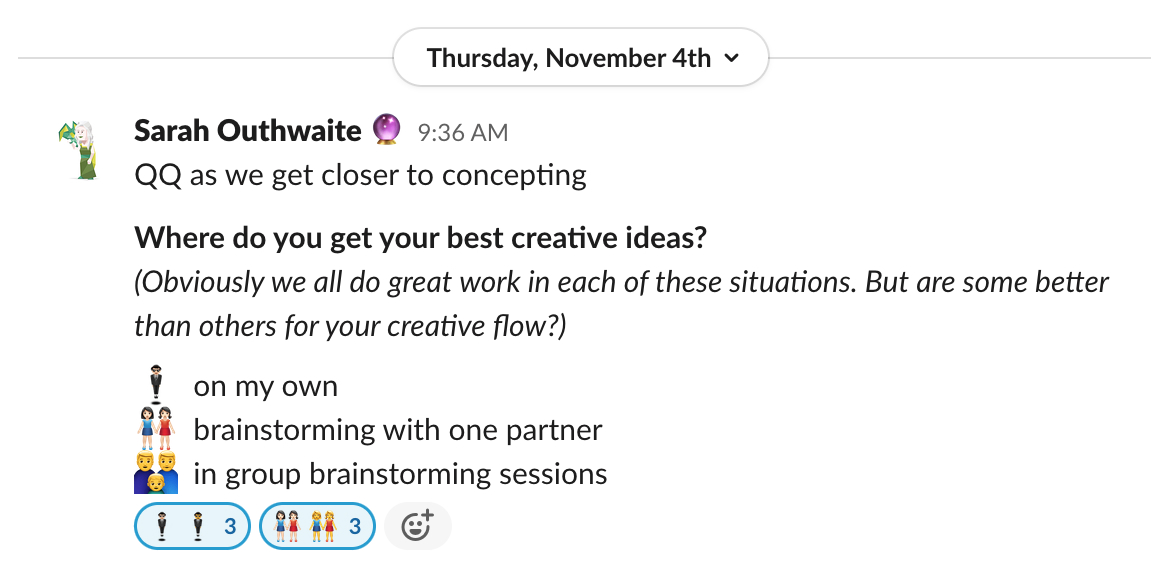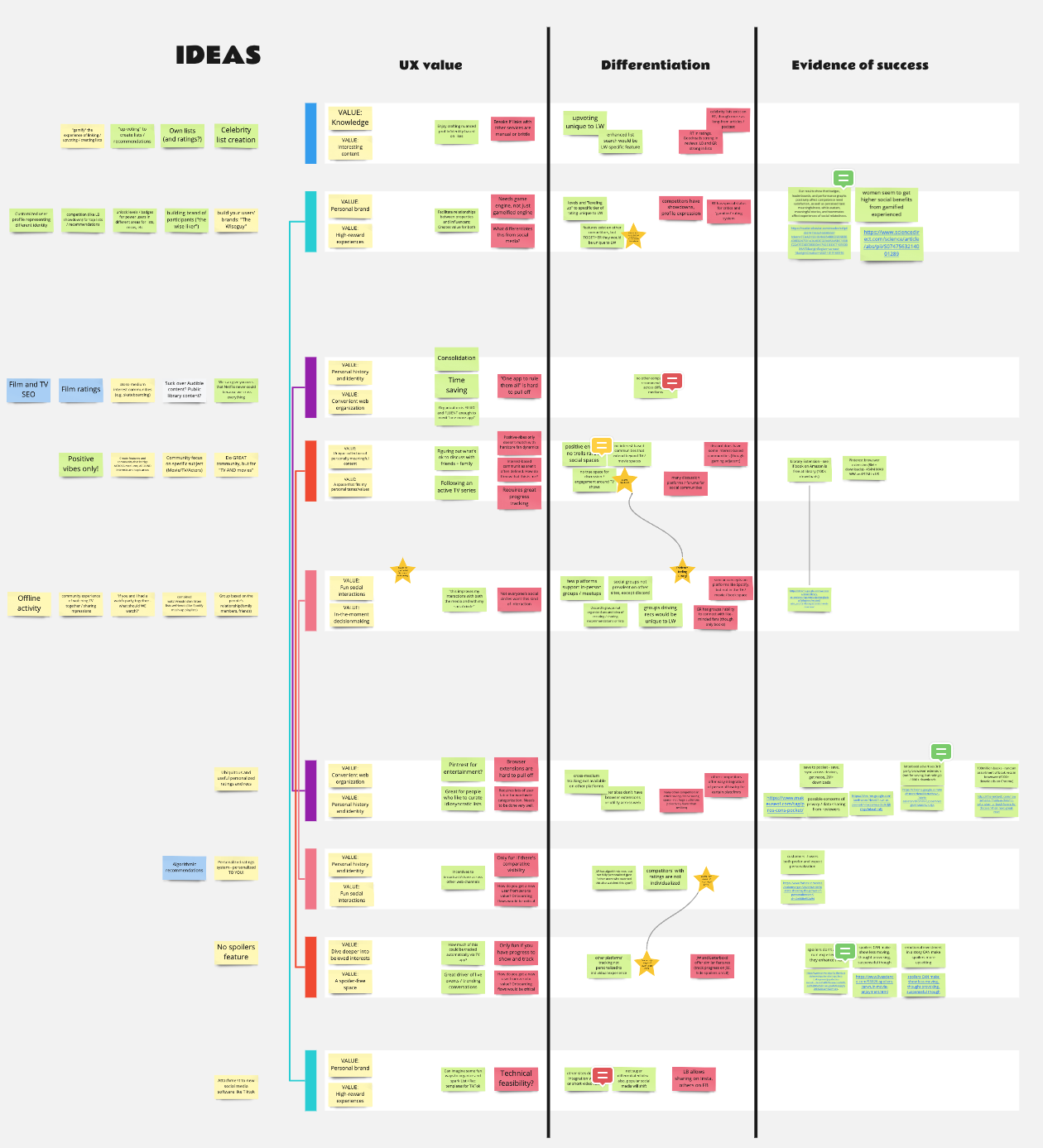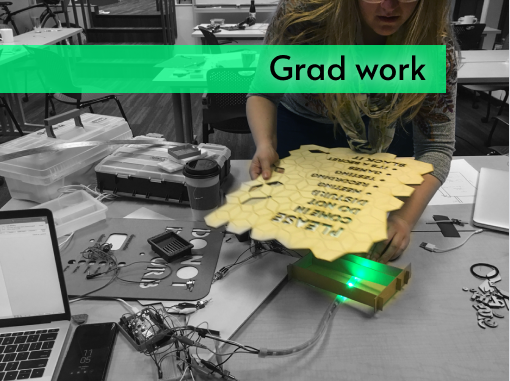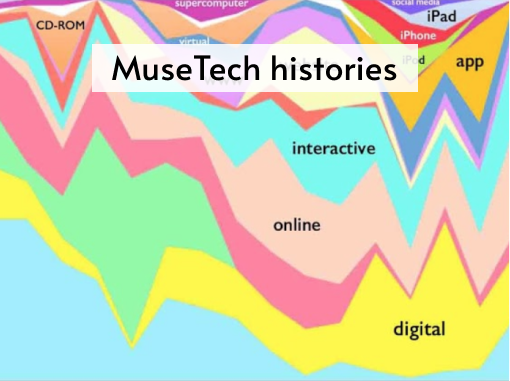
Nothing's better than long spontenous conversations with collaborators that get us both to a deeper level of problem solving and insight. But when it comes to generating creative ideas, I've always found heads-down brainstorming more productive than group activities. And during the "remote work revolution" of the last two years, I figured out why.
It's easier to listen to other people's ideas when you're not trying to plan what you're about to say.

I recently slacked my project team a quick poll, asking what set them up best for generative creativity. Nobody answered "group meetings". Everyone preferred solo or 1:1 brainstorming sessions.
That's hardly surprising. After all, I get my own best idea lying flat on my stomach, sketching my way through a stack of scrap paper.
But it's not just about getting into a deep flow state. Teams still need a way to interact with each other's ideas while they brainstorm. It's the ideas that spark when perspectives blend that move us outside our bounding box.
I've shifted my team's process from group brainstorms to a blend of live calibration and asyncronous ideation.
- Meet as a group to set expectations and understand brief
- Separate for deep brainstorming
- Asyncronous shareouts in a digital tool; react to collaborators' ideas
- Round 2 deep brainstorming
- Meet again to discuss as a group

In this digital whiteboard example, I created a brainstorming template where collaborators could add rows as they generated new ideas. Each idea was vetted across three categories: UX value, product differentation, and evidence of market success. Collaborators went back and forth to the board in their own time over several days, posting ideas and notes, providing comments on other's ideas, and bouncing off points of thematic convergence.
Good asyncronous brainstorming tools need to do three things really well:
- Easy content re-arrangements
- Real-time data refresh
- Rock-solid commenting features
It's hard to beat
Whether we're brainstorming features, product names, scenarios or more, I need to empower my team to reach their personal flow states without having to work in isolation. Give everyone the space to sketch on the floor. Or browse the web. Or take a walk. And then set up the right moments to come back together, and hear what we each discovered.
More on process


